Hawaiʻi Volcanoes National Park
Hawai‘i Volcanoes National Park protects some of the most unique geological, biological, and cherished cultural landscapes in the world. Extending from sea level to 13,680 feet, the park encompasses the summits of two of the world's most active volcanoes - Kīlauea and Mauna Loa - and is a designated International Biosphere Reserve and UNESCO World Heritage Site.
Hawai‘i Volcanoes National Park is located on the island of Hawai‘i. From Hilo: 30 miles southwest on Highway 11 (a 45 minute drive); from Kailua-Kona: 96 miles southeast on Highway 11 (2 to 2 1/2 hour drive), or 125 miles through Waimea and Hilo via highways 19 and 11 (2 1/2 to 3 hours).
- Arts and Culture
- Biking
- Camping
- Backcountry Camping
- Car or Front Country Camping
- Guided Tours
- Hiking
- Backcountry Hiking
- Front-Country Hiking
- Junior Ranger Program
- Wildlife Watching
- Birdwatching
- Park Film
- Museum Exhibits
- Shopping
- Bookstore and Park Store
- Gift Shop and Souvenirs
- Archeology
- Arts
- Animals
- Birds
- Oceans
- Rock Landscapes and Features
- Scenic Views
- Trails
- Unique Species
- Rare
- Endangered
- Wilderness
Halapē

Coastline of Hawaiʻi Volcanoes National Park
Kīlauea Iki
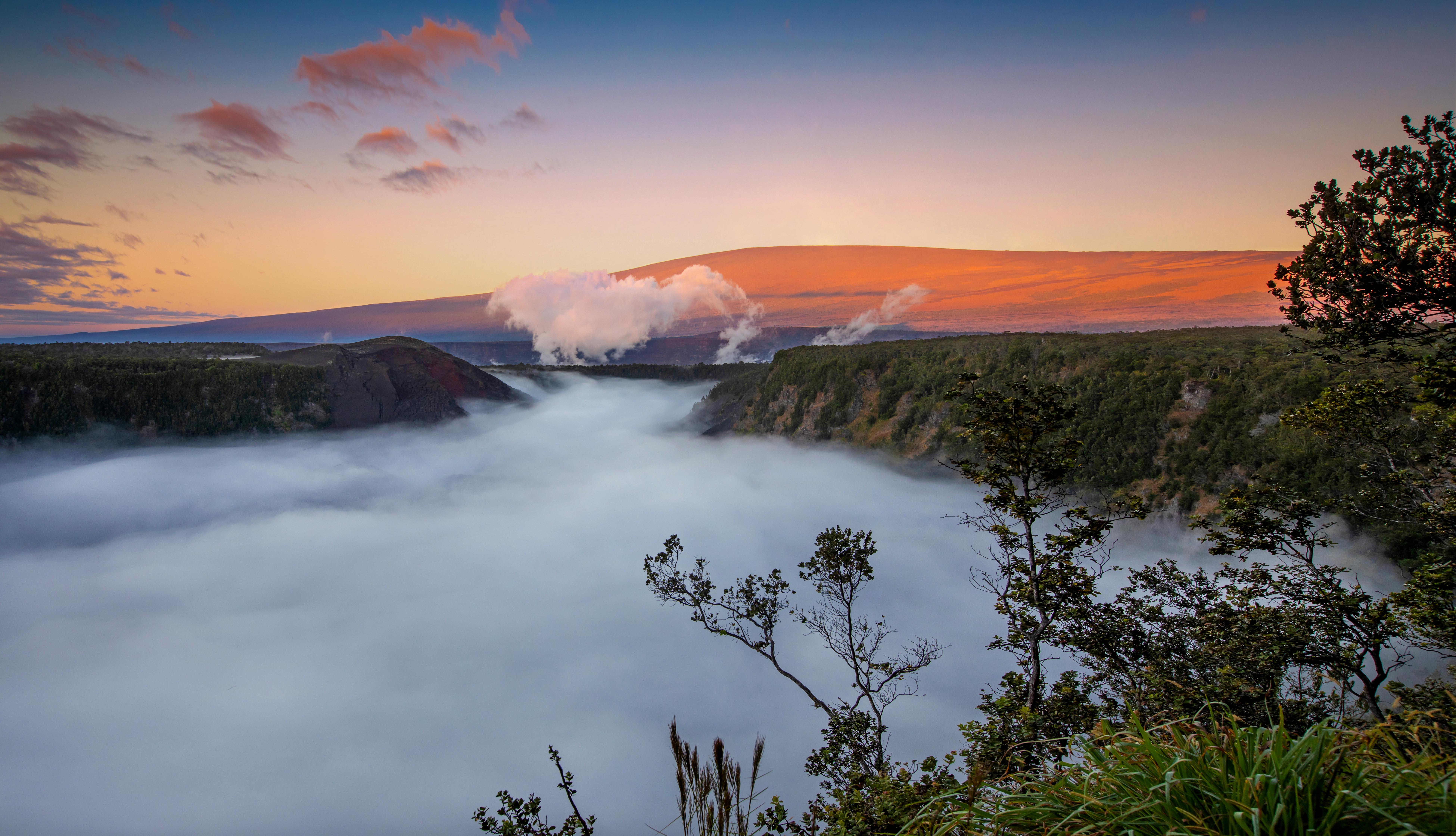
Sunrise at Kīlauea Iki
Hōlei Pali
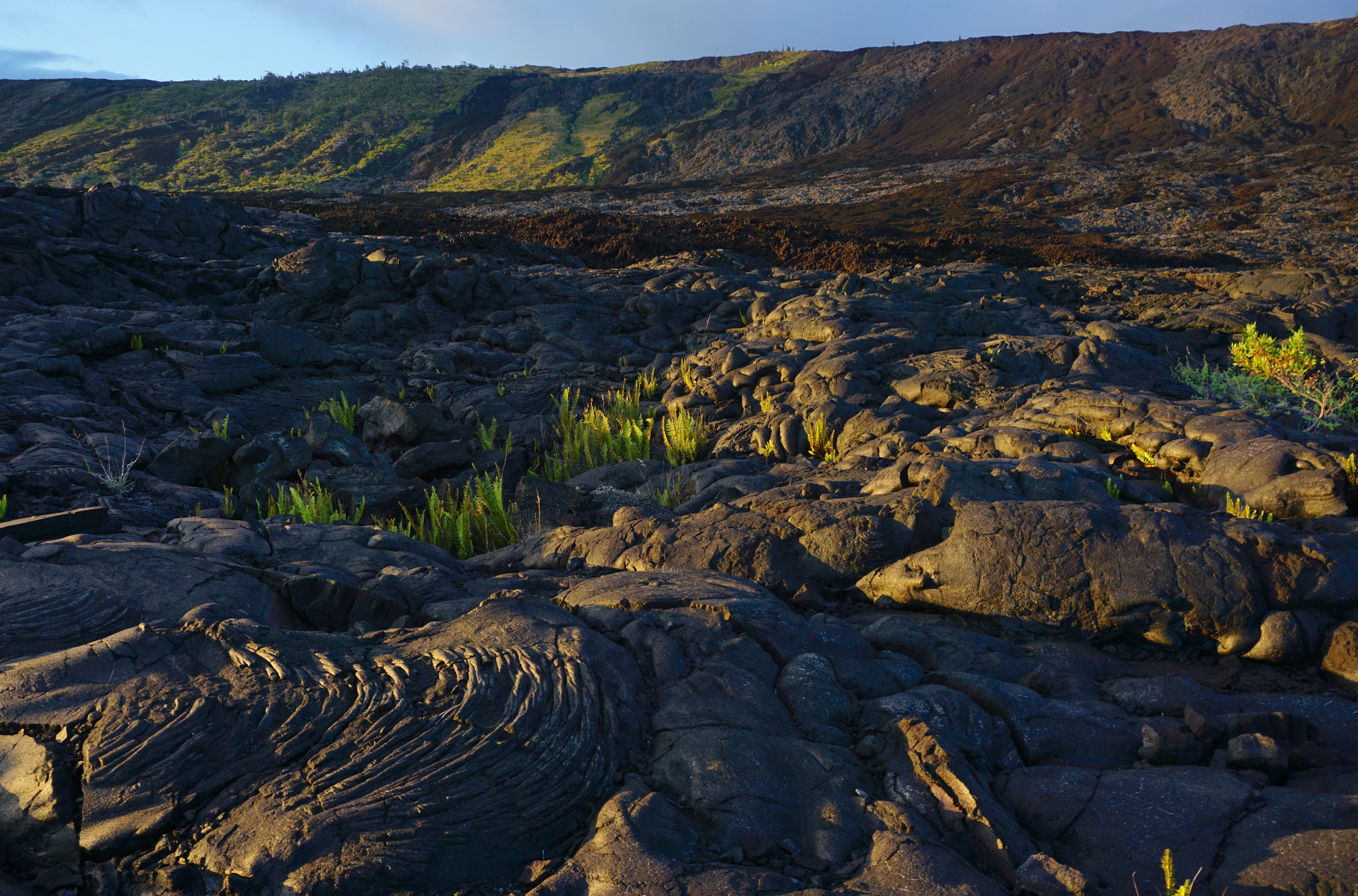
Lava flows from the Mauna Ulu eruption drape the Hōlei Pali
Steam Vents
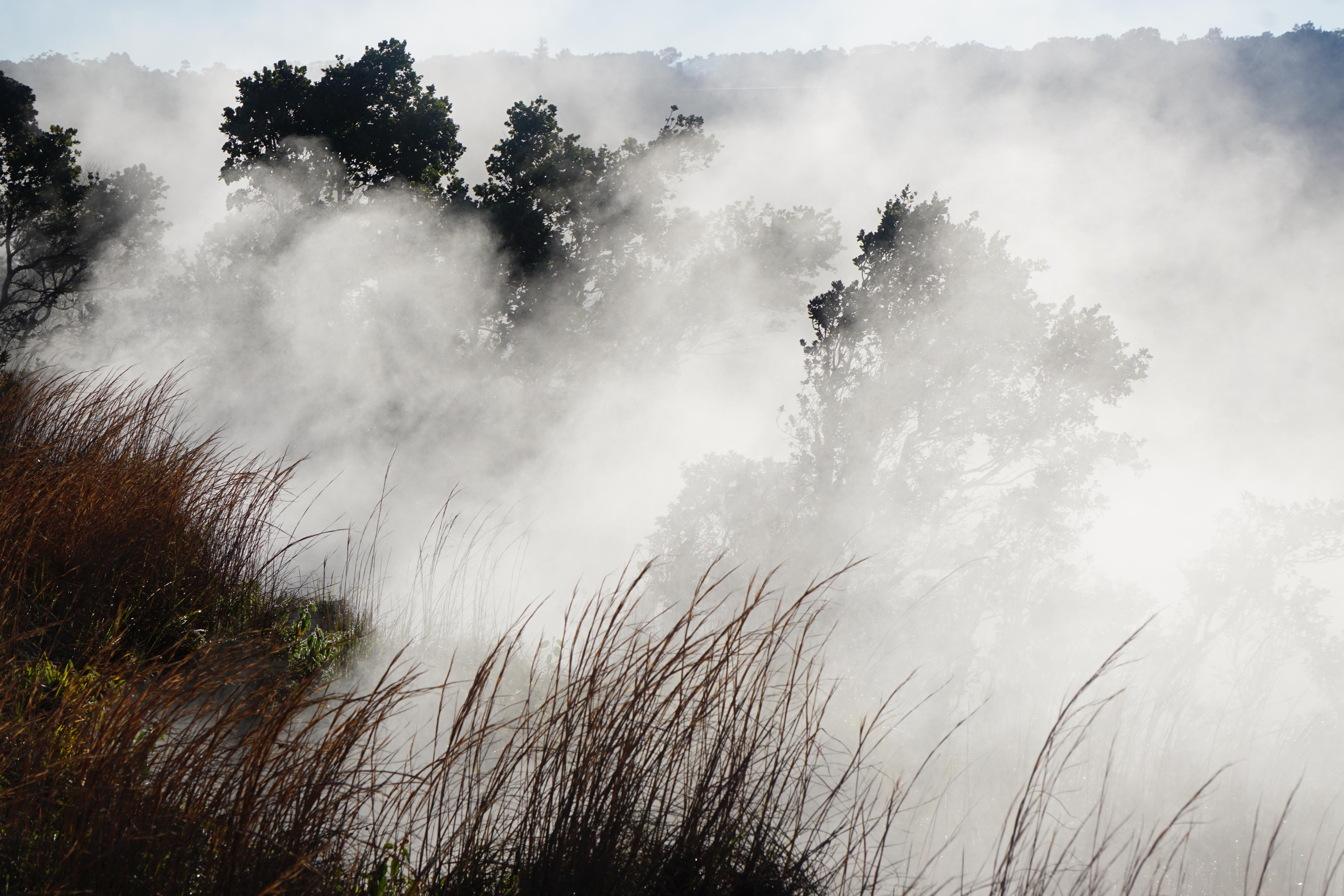
Wahinekapu (Steaming Bluff)
The Kahuku Unit
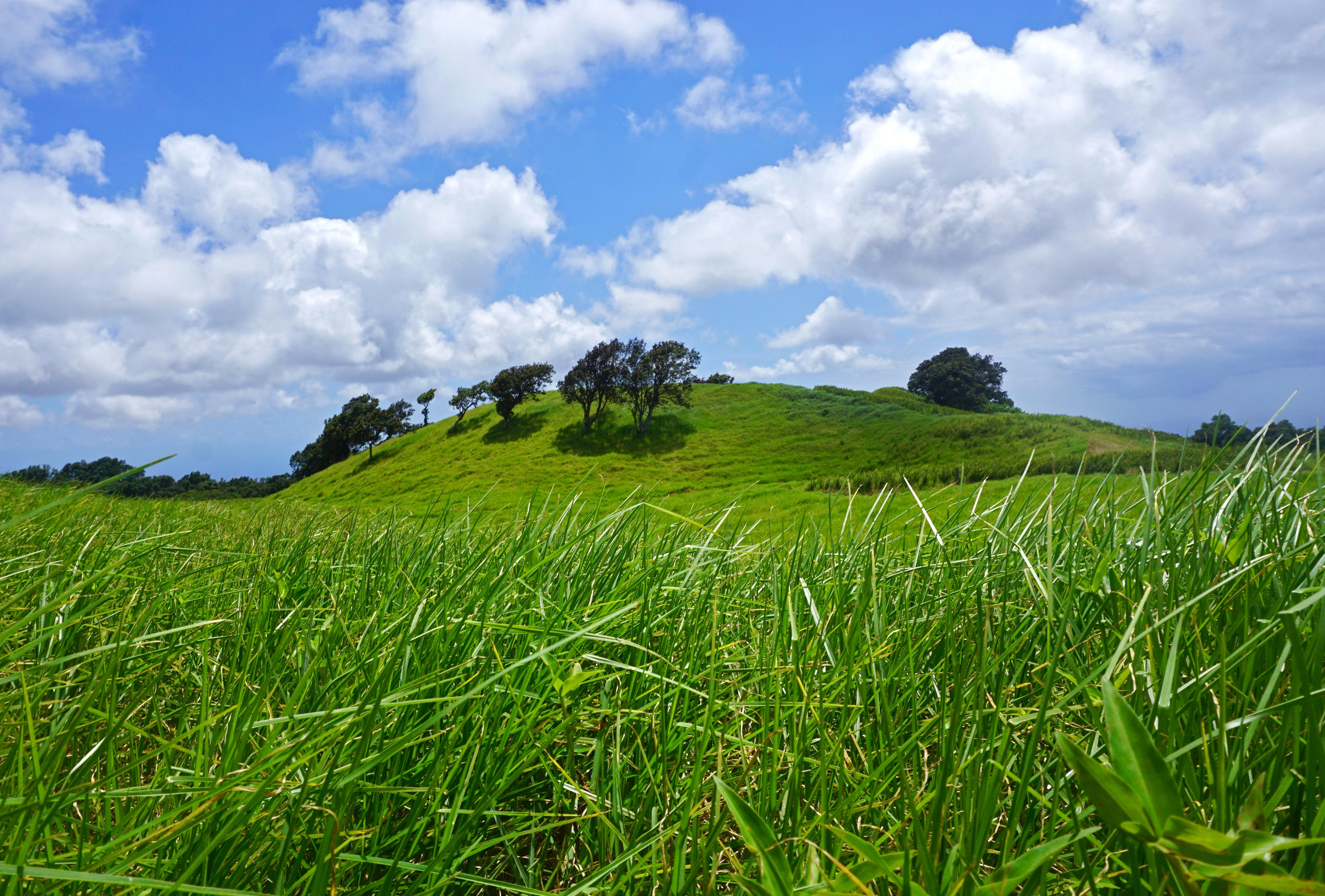
The Kahuku Unit of Hawaiʻi Volcanoes National Park once was one of the largest cattle ranches in Hawaiʻi
Tide Pools
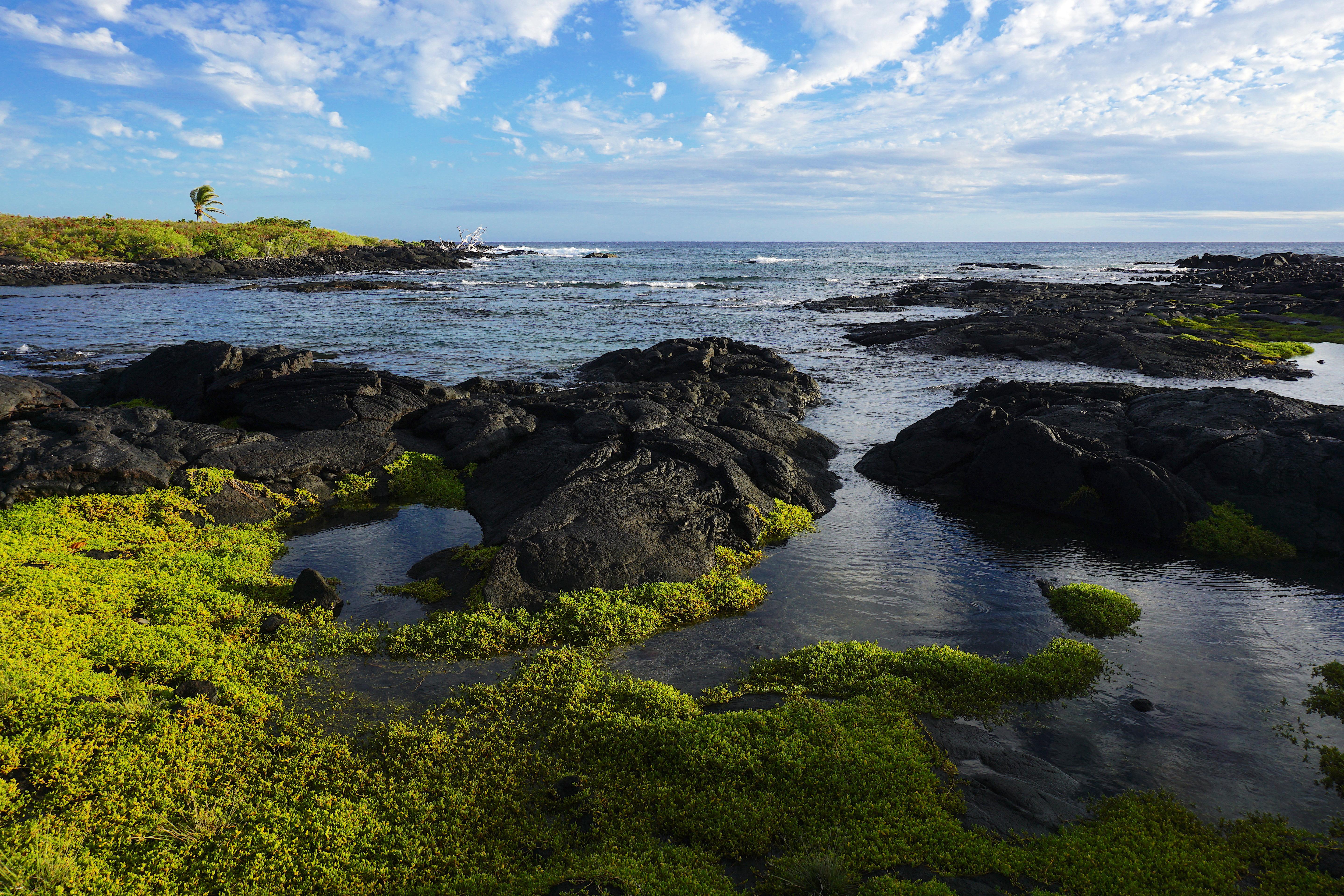
Tide pools along the Puna Coast
Nāhuku
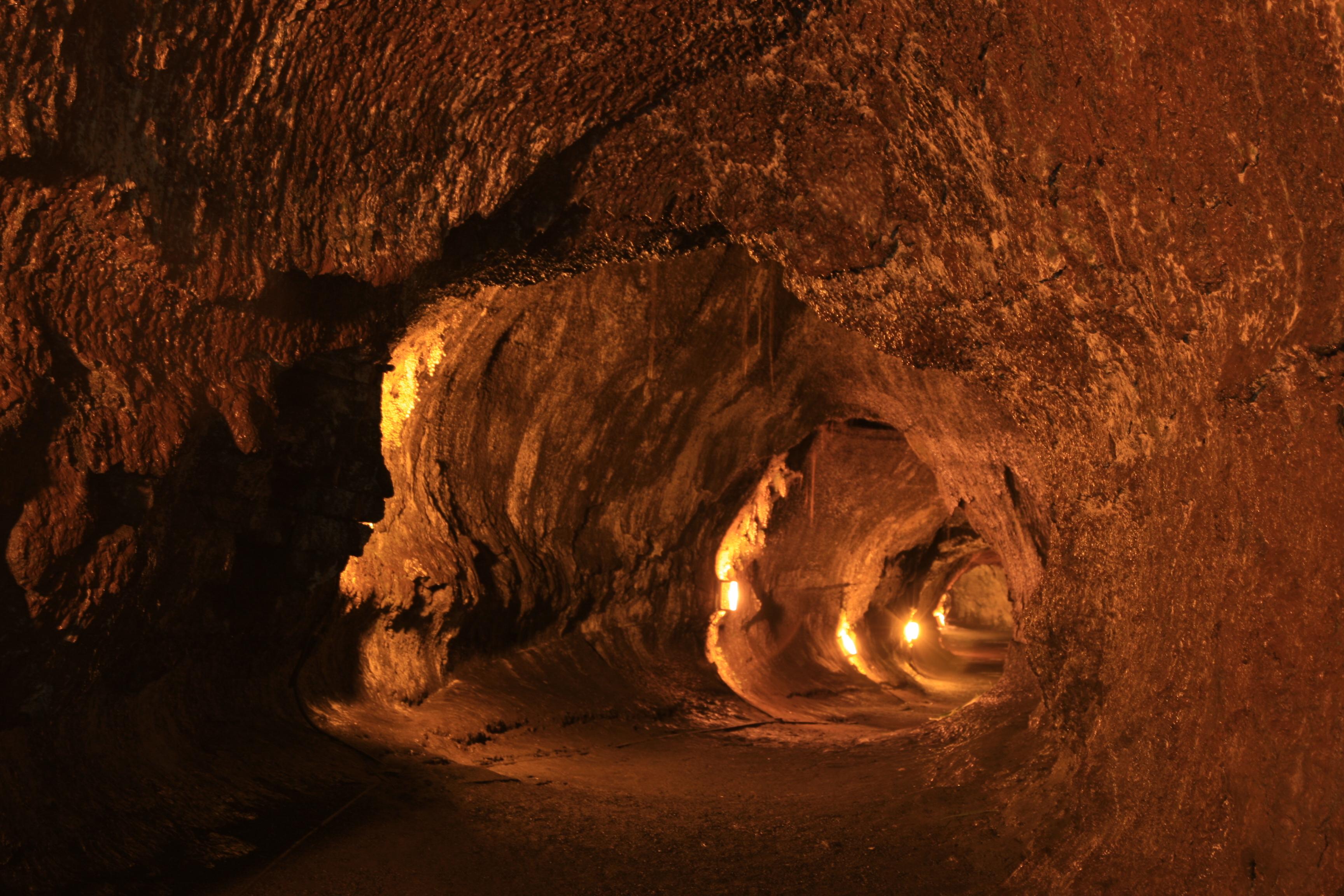
Nāhuku (Thurston Lava Tube)
Lava Trees
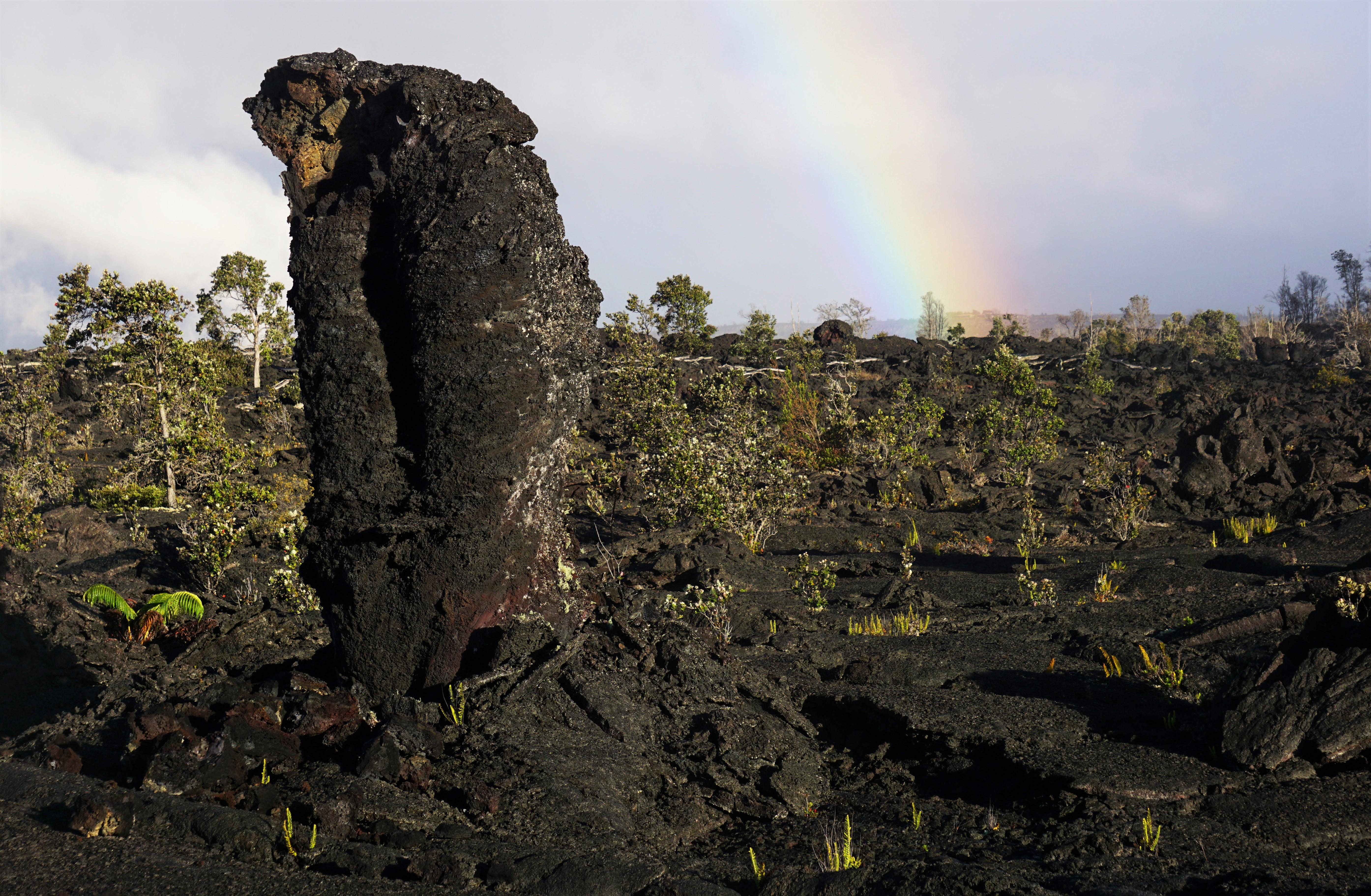
Lava trees memorialize trees that once stood in the path of encroaching lava
ʻAe Fern
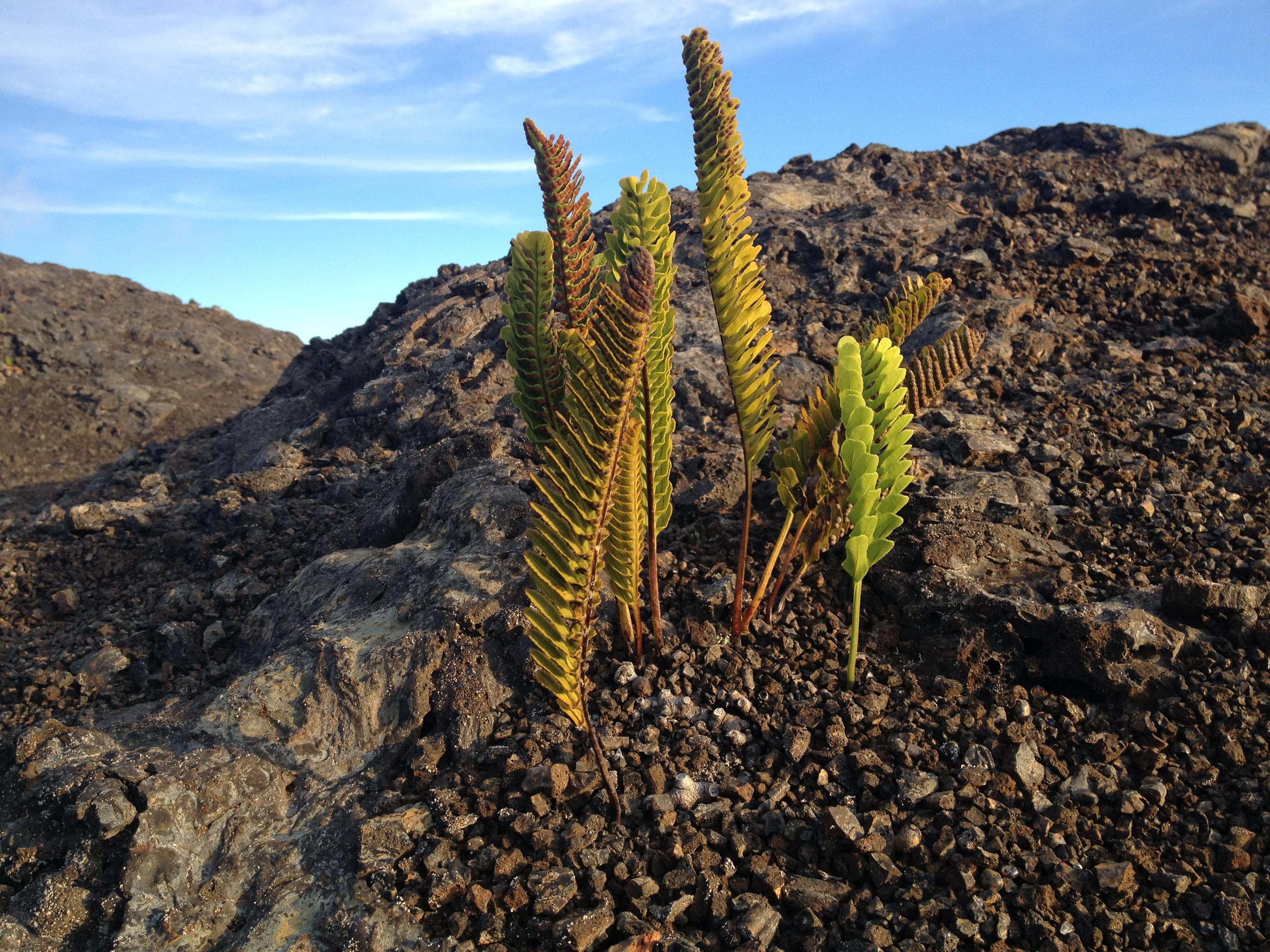
About 200 species of ferns can be found across the Hawaiian Islands. Sixty-five percent of these species are considered endemic, found nowhere else in the world.
ʻŌhiʻa
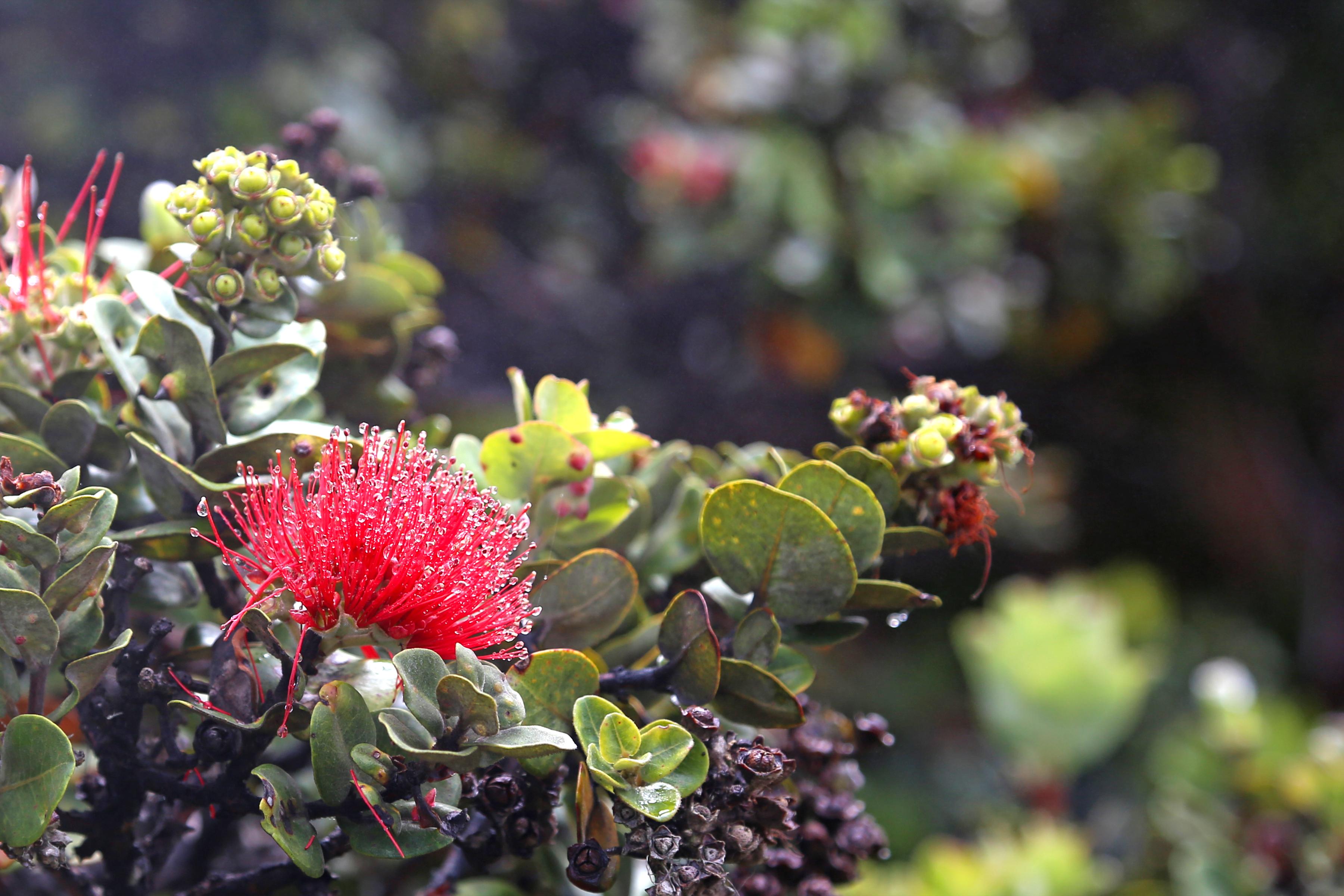
The red blossoms of the ʻōhiʻa are a Hawaiian cultural icon
Nēnē
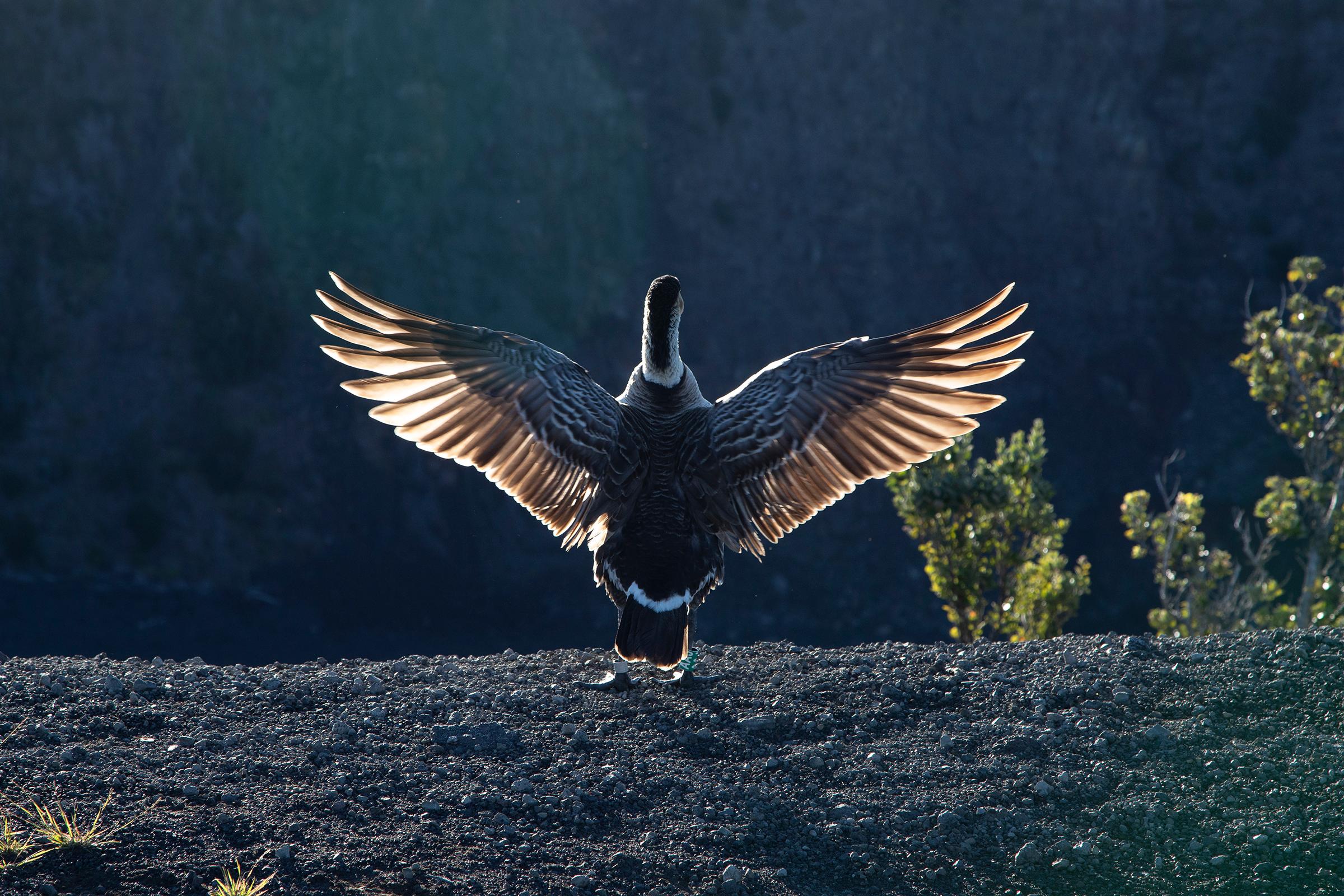
The threatened nēnē is the official state bird of Hawaiʻi
Rainforest
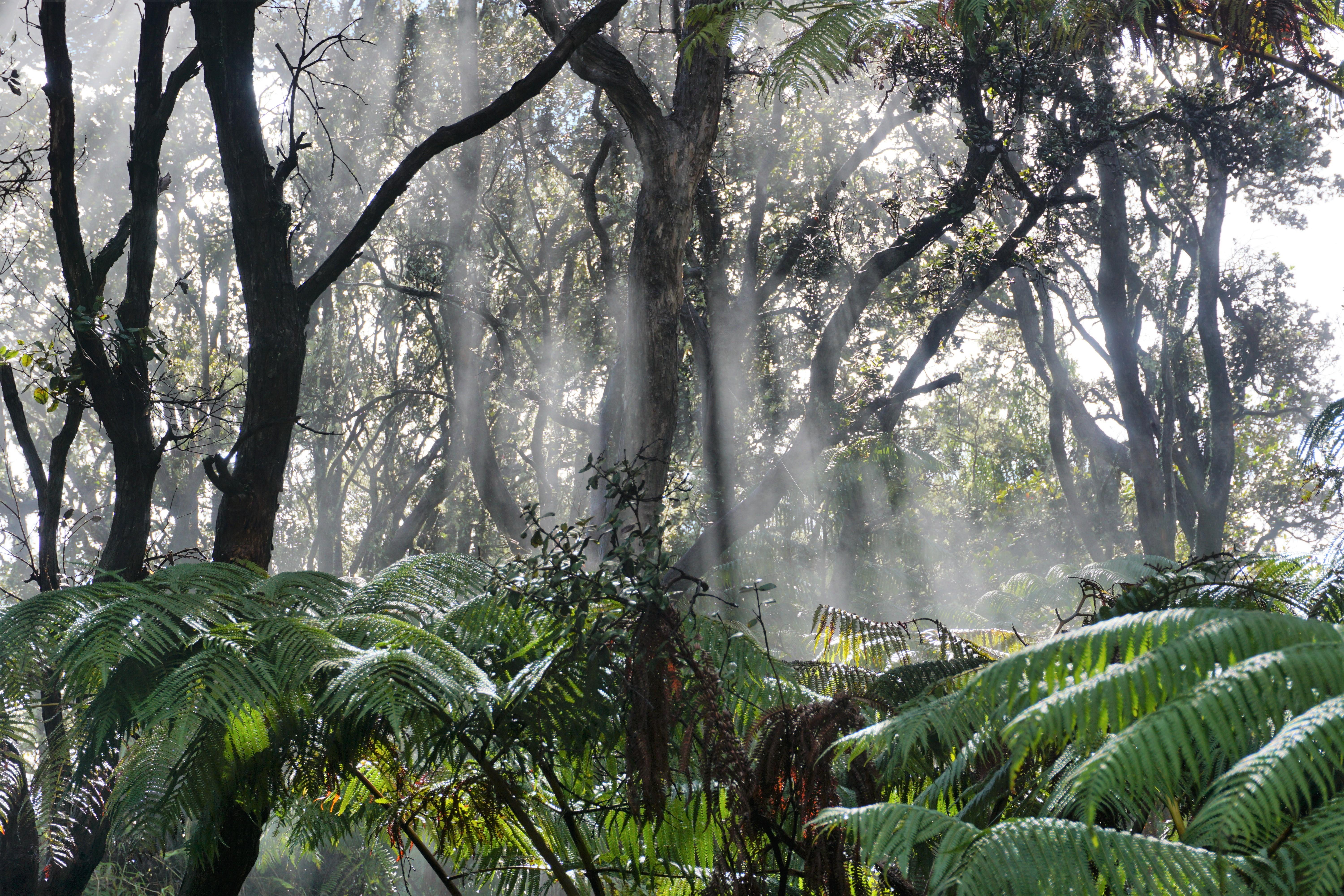
Lush rainforest surrounds Crater Rim Trail near the Halemaʻumaʻu Trail
Hula at Kīlauea
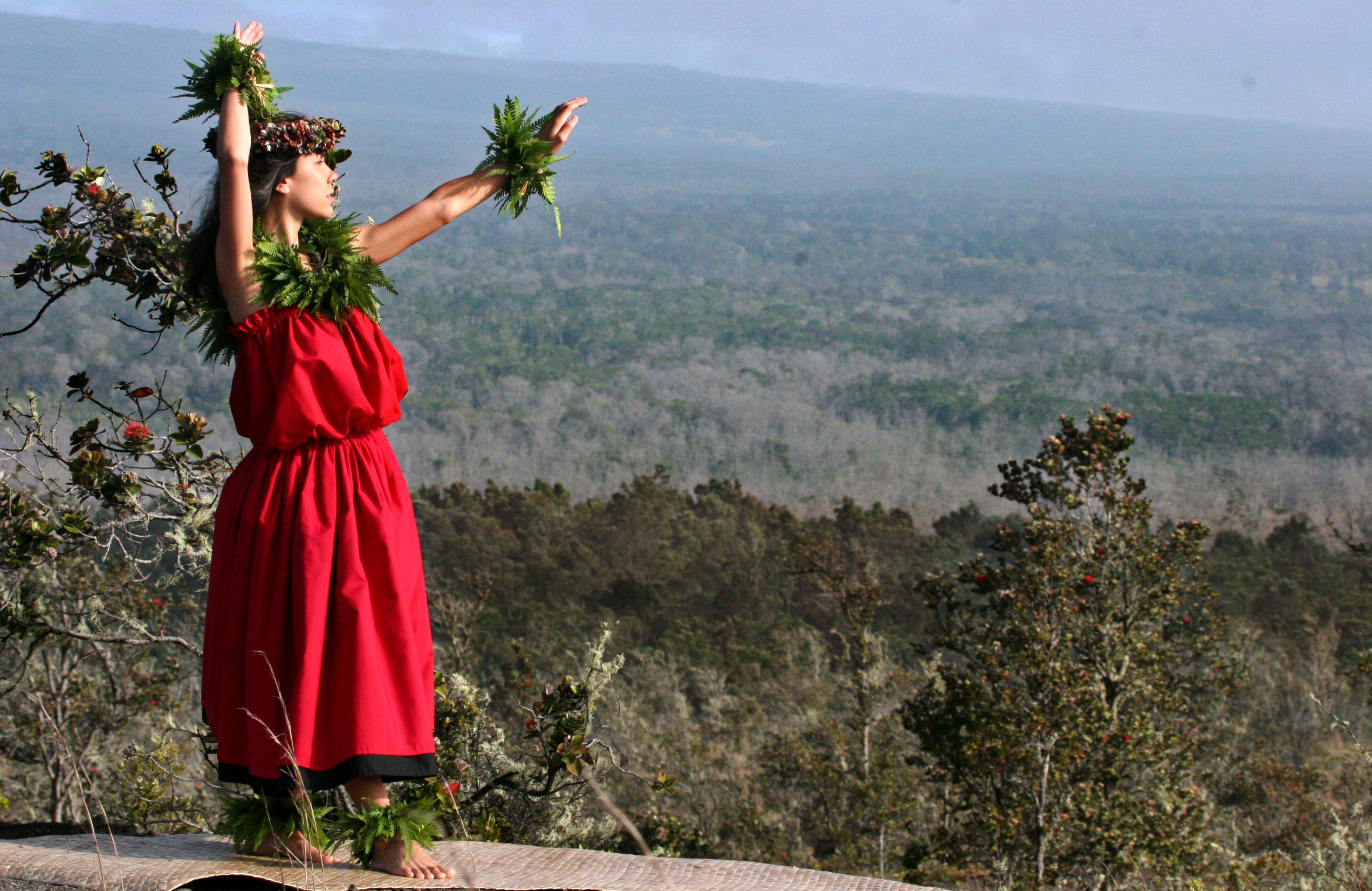
Kīlauea is home to important and sacred cultural sites stretching back centuries.
Mauna Loa 1940 Cone
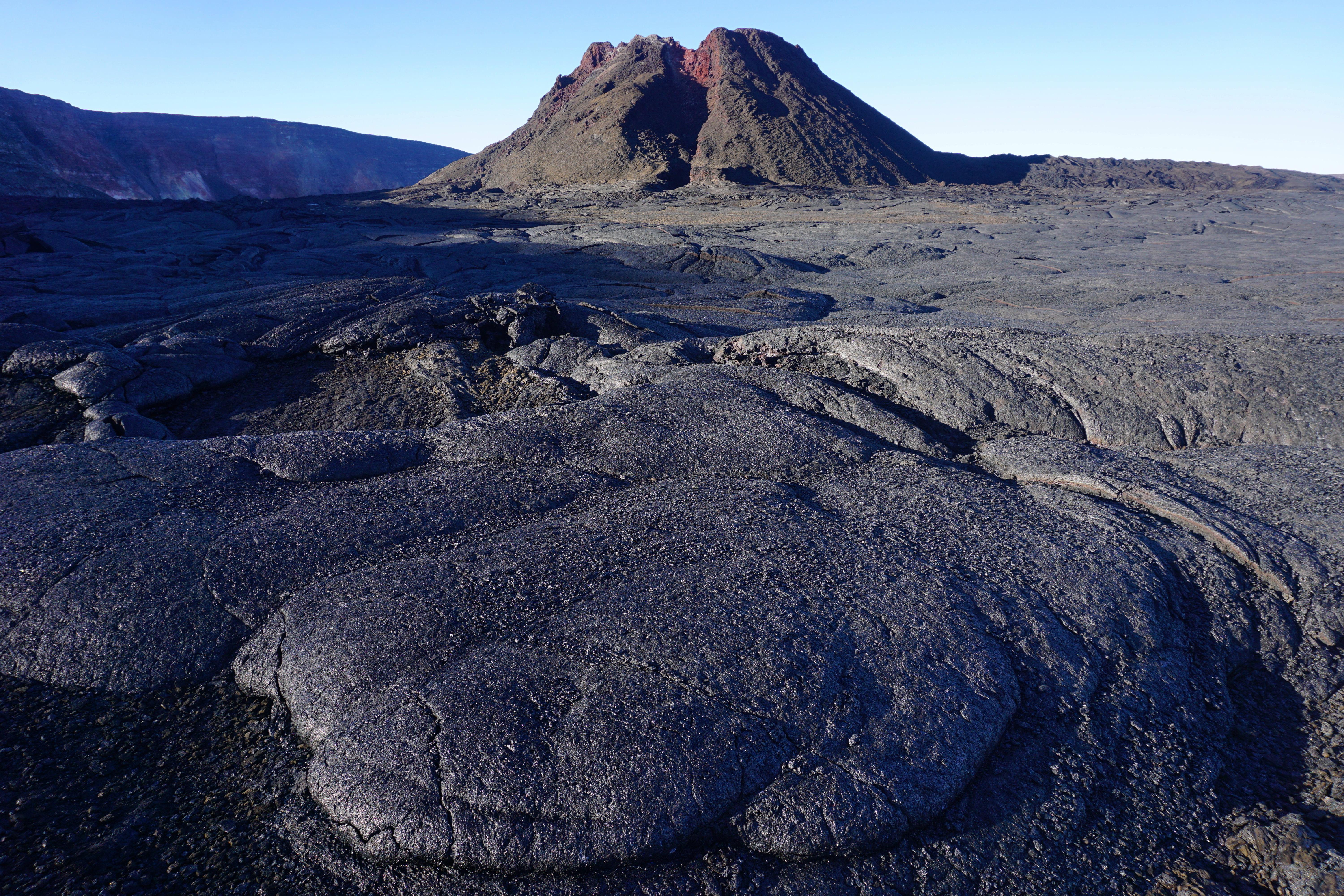
Mauna Loa, the largest active volcano on the planet, stands more than 13,000 feet above sea level
Puʻu Loa Petroglyphs
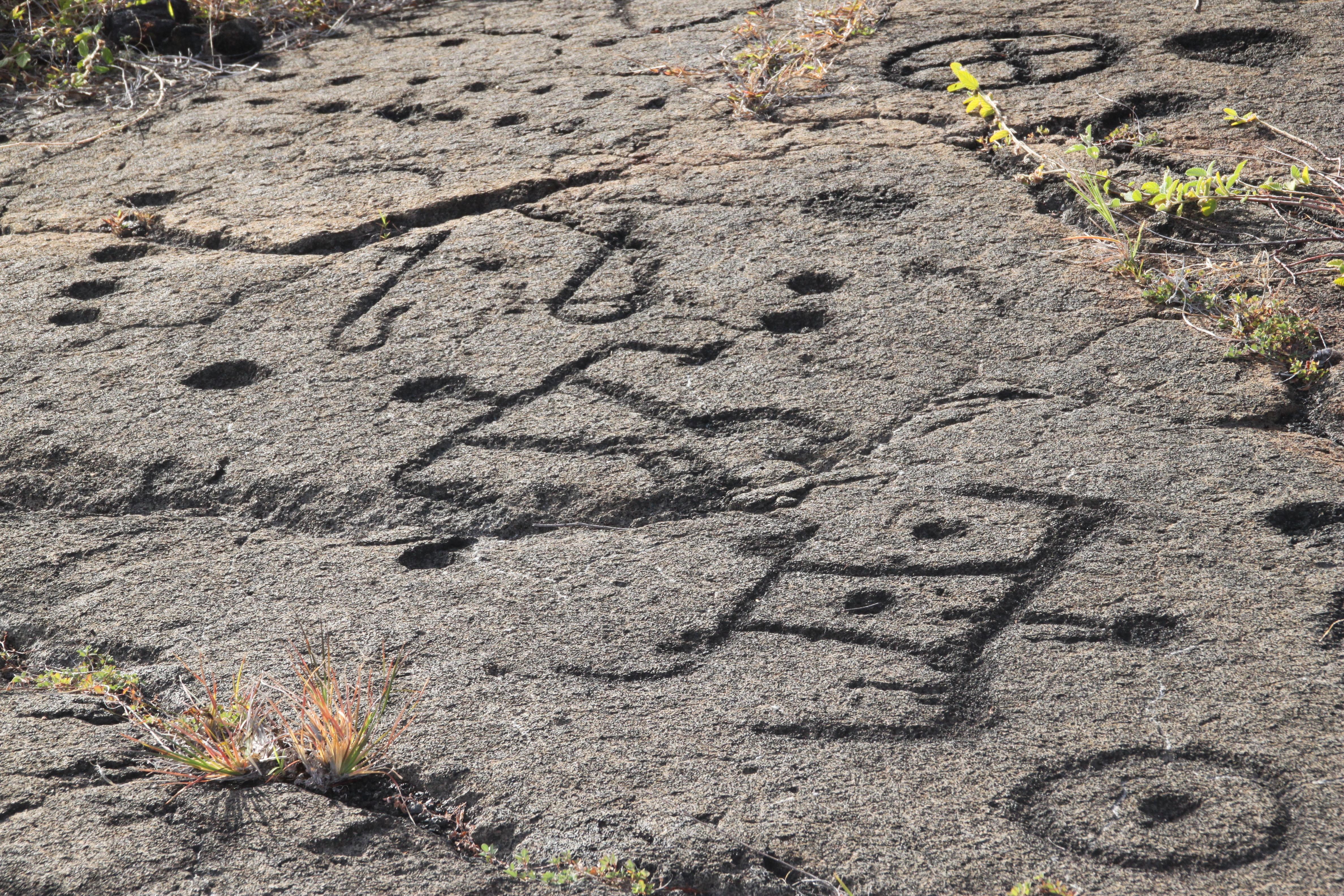
Puʻu Loa features the largest group of petroglyphs in Hawaiʻi.
Halemaʻumaʻu Crater
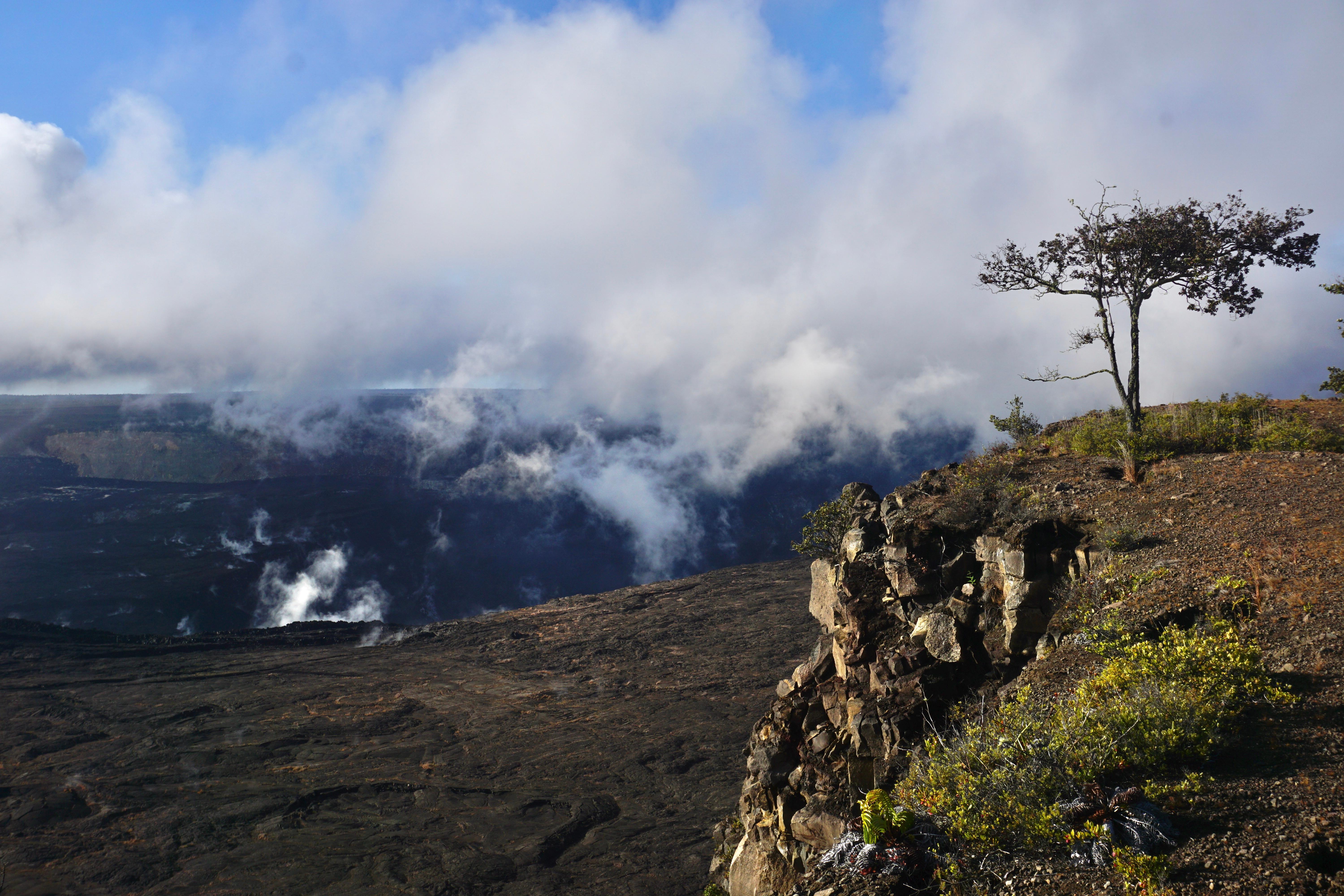
Halemaʻumaʻu from along Crater Rim Trail